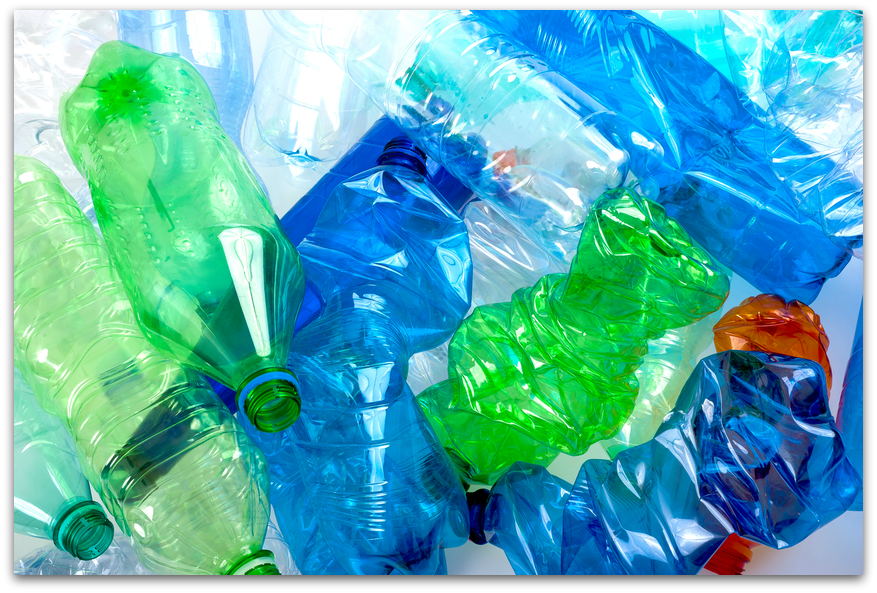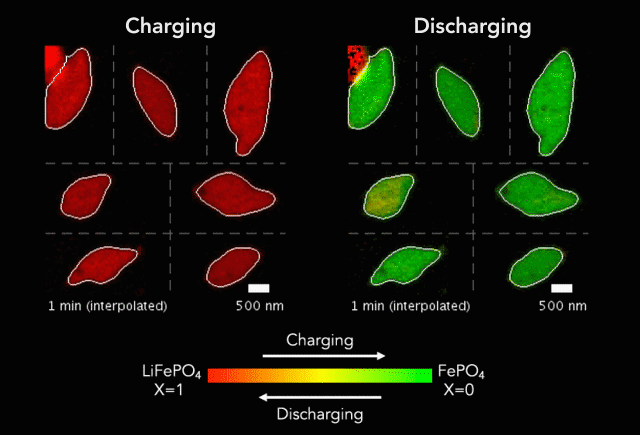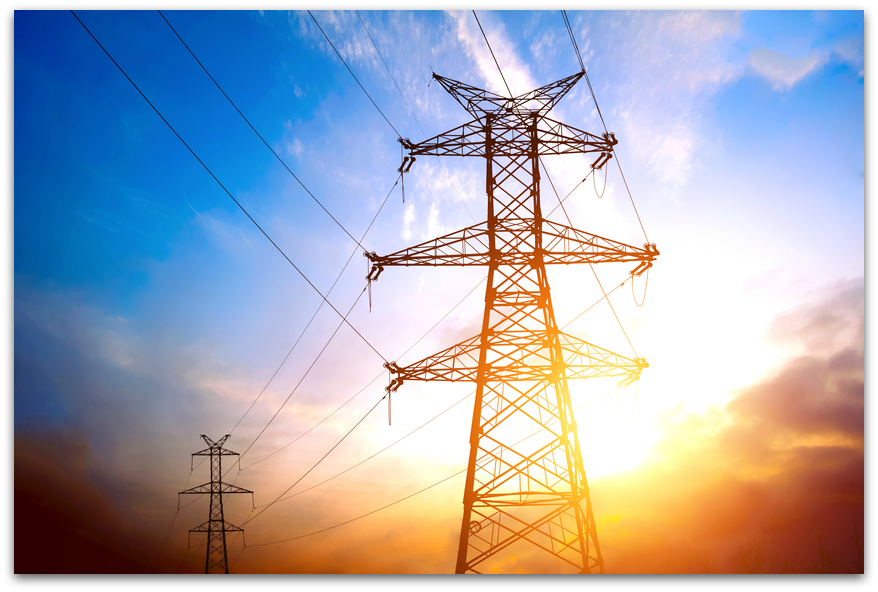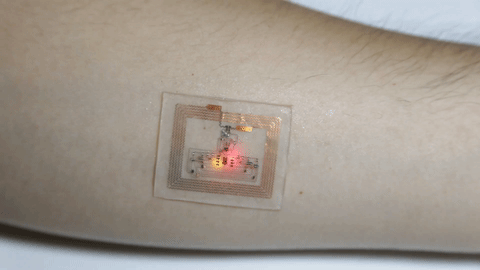A Stanford University-led team recently published research detailing how particles charge and discharge at the nanoscale, giving new insight into the fundamental functioning of batteries and opening doors for the development of better rechargeables.
This new insight into the electrochemical action that powers Li-ion batteries provides powerful knowledge into the building blocks of batteries.
“It gives us fundamental insights into how batteries work,” says Jongwoo Lim, a co-author of the study. “Previously, most studies investigated the average behavior of the whole battery. Now, we can see and understand how individual battery particles charge and discharge.”
At the heart of every Li-ion battery lies the charge/discharge process. In theory, the ions in the process insert uniformly across the surface of the particles. However, that never happens in practice. Instead, the ions get unevenly distributed, leaving inconsistencies that lead to mechanical stresses and eventually shortened battery life. One way to develop batteries with longer life spans is to understand why these phenomena happens and how to prevent it at the nanoscale.
The recently published research uses x-rays and cutting-edge microscopes to look at this process in real time.
“The phenomenon revealed by this technique, I thought would never be visualized in my lifetime. It’s quite game-changing in the battery field,” says Martin Bazant, co-author of the study.
(more…)
 Beginning today, ECS is running a sale on ECS Transactions, specifically on ECST PRiME Meeting “Enhanced” Issues and select other ECST issues. For the next few weeks, a discount of 25% will be automatically applied to any ECST product when added to your cart. The discount will be reflected once you begin the check-out process.
Beginning today, ECS is running a sale on ECS Transactions, specifically on ECST PRiME Meeting “Enhanced” Issues and select other ECST issues. For the next few weeks, a discount of 25% will be automatically applied to any ECST product when added to your cart. The discount will be reflected once you begin the check-out process.

 ECS member and director of the Princeton Institute for Science and Technology of Materials (PRISM), Craig Arnold, recently sat down with Princeton University to discuss the current and future potential of materials science.
ECS member and director of the Princeton Institute for Science and Technology of Materials (PRISM), Craig Arnold, recently sat down with Princeton University to discuss the current and future potential of materials science. A team of researchers from the National Renewable Energy Laboratory, in collaboration with a team from Shanghai Jiao Tong University, has developed a method to improve perovskite solar cells – raising both efficiency and reliability levels while make them easier to produce.
A team of researchers from the National Renewable Energy Laboratory, in collaboration with a team from Shanghai Jiao Tong University, has developed a method to improve perovskite solar cells – raising both efficiency and reliability levels while make them easier to produce. Researchers have taken a step toward the development of renewable plastics – a promising transformation from current plastics made from oil. The biodegradable material is possible due to the creation of a new catalyst.
Researchers have taken a step toward the development of renewable plastics – a promising transformation from current plastics made from oil. The biodegradable material is possible due to the creation of a new catalyst. Here at ECS we are already preparing for
Here at ECS we are already preparing for 
 A
A 
